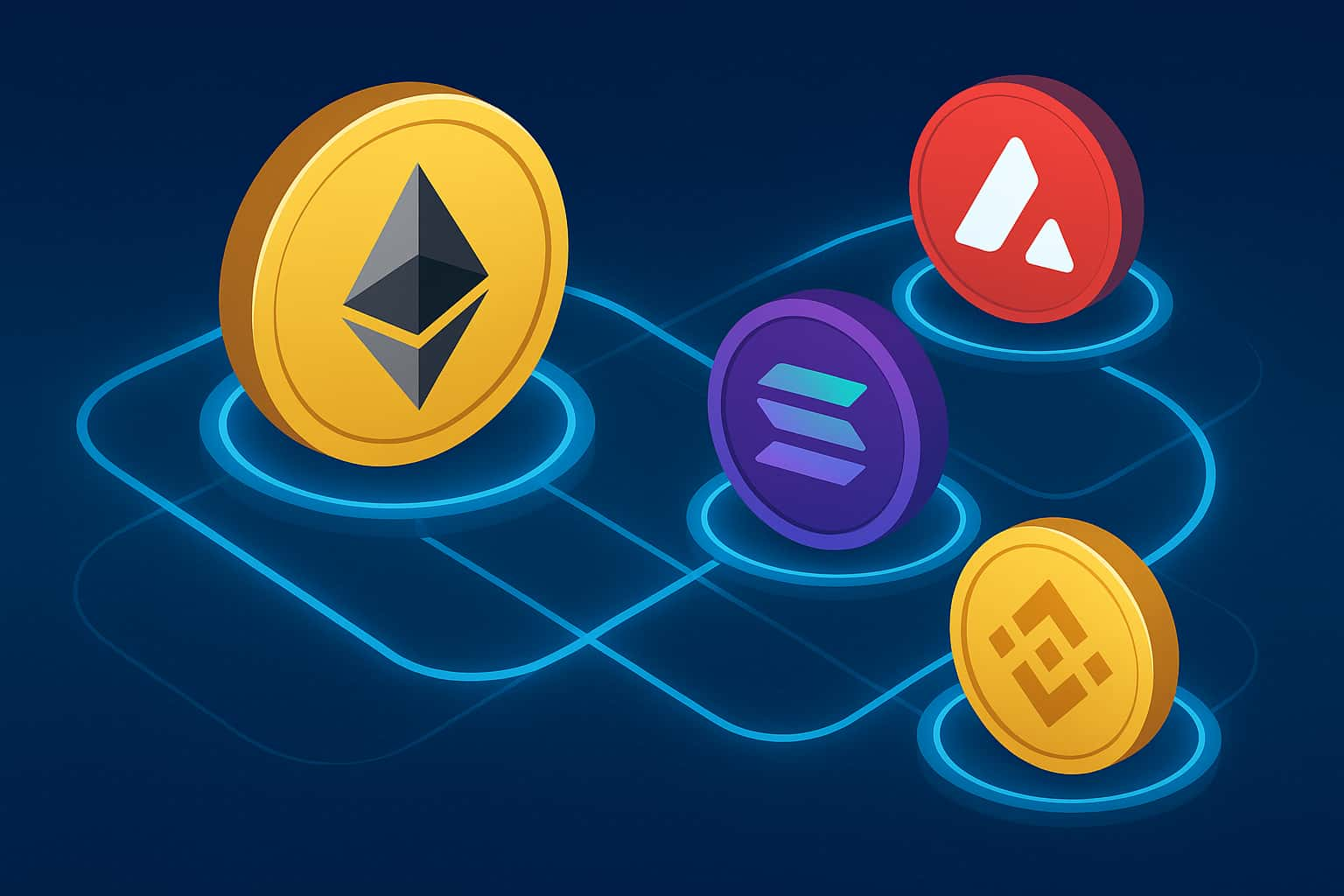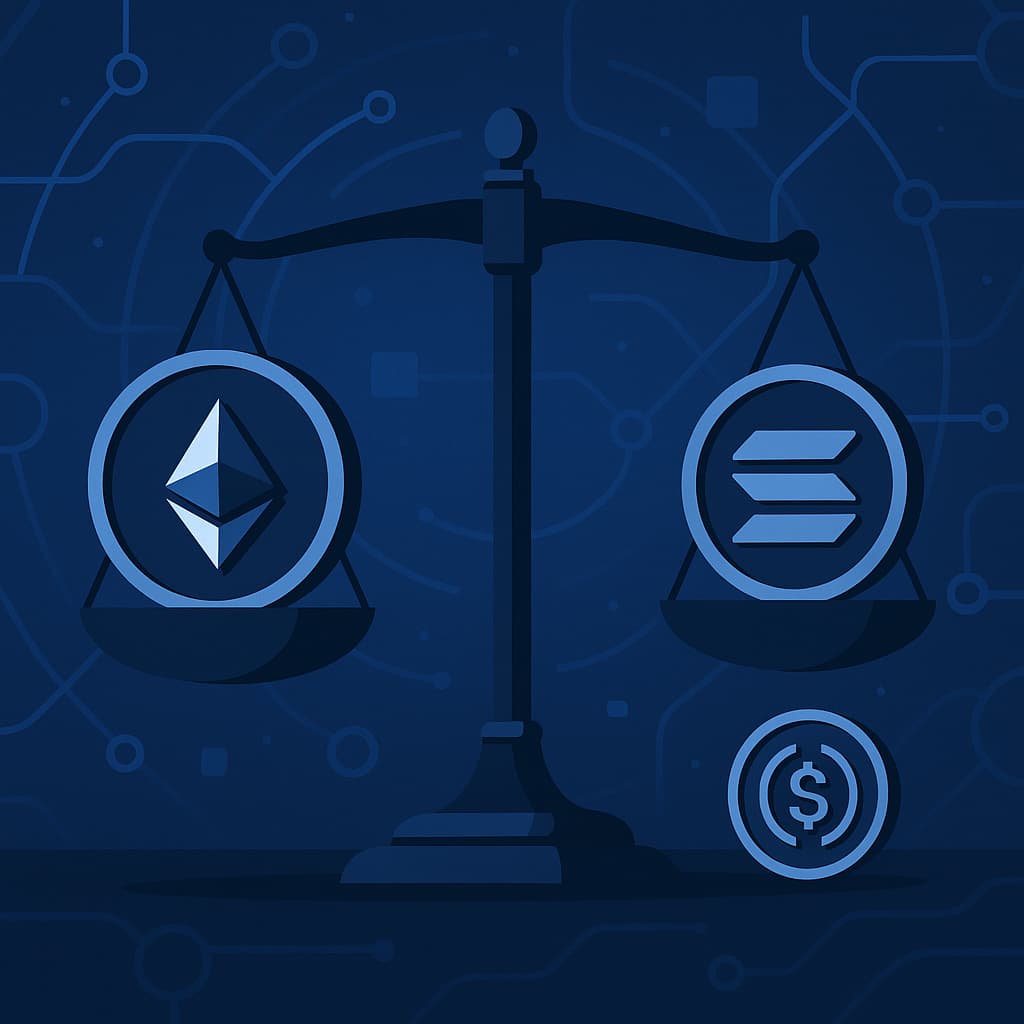-
In the ever-evolving landscape of finance and technology, the insurance sector has seen remarkable growth and transformation thanks to blockchain technology. 2024 marks a significant milestone in adopting blockchain in insurance, with explosive growth, increased transparency, and substantial gains observed across the board.
Market Size, Trends, and Growth Trajectory of Insurance via Blockchain
The blockchain insurance market has witnessed exponential growth in recent years, with a projected market size of billions of dollars by 2024. This growth trajectory is attributed to several key trends driving the adoption of blockchain in insurance.
Enhanced Security
Blockchain technology offers a decentralized and immutable ledger, significantly reducing the risk of fraud and enhancing security for insurers and policyholders alike. Using cryptographic algorithms and consensus mechanisms, Ouroboros is designed to be energy-efficient, unlike proof-of-work (PoW) protocols like Bitcoin, which consume significant computational resources. This sustainability aspect is crucial in today's environmentally conscious landscape. Blockchain ensures that data remains tamper-proof and secure throughout its lifecycle. This heightened security is a significant driver for insurance companies looking to safeguard sensitive customer information and prevent fraudulent activities.
Improved Efficiency
Smart contracts, a key feature of blockchain technology, automate and streamline insurance processes, reducing administrative costs and improving overall operational efficiency. These self-executing contracts automatically enforce terms and conditions, trigger actions based on predefined criteria, and facilitate seamless interactions between parties.
It means faster policy issuance, claims processing, and settlements for insurers, enhancing productivity and cost savings.
Enhanced Transparency
One of the most significant benefits of blockchain in insurance is its ability to provide a transparent and auditable record of transactions. Unlike traditional centralized systems, where data is siloed and controlled by intermediaries, blockchain offers a distributed ledger accessible to all parties. This transparency fosters trust between insurers, reinsurers, policyholders, and regulators, as they can independently verify and validate transactions in real-time. Moreover, blockchain's immutability ensures that data cannot be altered or deleted once it is recorded, further enhancing transparency and accountability.
Claims Management
Blockchain streamlines claim processing by digitizing and automating manual workflows. Insurers can automate claims validation, verification, and settlement through smart contracts, reducing paperwork, delays, and errors. Policyholders can track the status of their claims in real-time, receive prompt notifications, and experience faster and more accurate claims settlements. This efficient claims management process improves customer satisfaction, reduces operational costs, and minimizes fraud risks.
Customer Experience
Blockchain-enabled platforms offer policyholders a seamless and user-friendly experience, enhancing customer satisfaction and loyalty. These platforms provide secure access to policy information, digital documentation, and self-service options, empowering customers to manage their insurance needs conveniently. Additionally, blockchain facilitates personalized and transparent communication between insurers and policyholders, improving engagement and trust.
Blockchain in Insurance Market Segmentation Analysis and Growth Factors
The blockchain insurance market in 2024 can be segmented based on the type of blockchain solutions offered and the regions experiencing significant growth. Key factors driving growth in this market include:
1. Permissioned Blockchain
This type of blockchain offers controlled access to participants, making it ideal for consortiums, industry collaborations, and private networks. Permissioned blockchains ensure data privacy, regulatory compliance, and governance, making them suitable for enterprise applications in insurance.
2. Public Blockchain
Public blockchains like Ethereum and Bitcoin provide transparency, openness, and decentralization. While they are not typically used for sensitive insurance data, they are suitable for decentralized applications (DApps), peer-to-peer transactions, and asset tokenization.
3. Hybrid Blockchain
Hybrid blockchains combine the benefits of both permissioned and public blockchains, offering flexibility, scalability, and interoperability. They allow organizations to leverage private networks for sensitive data while utilizing public networks for transparent transactions and value exchange.
Regional Analysis
North America
North America is leading the adoption of blockchain in insurance, driven by regulatory support, technological advancements, and a robust ecosystem of blockchain startups. The United States and Canada have seen significant investments in blockchain-based insurance solutions, particularly in claims management, fraud detection, and digital identity verification.
Europe
Europe is witnessing rapid growth in blockchain adoption within the insurance sector, especially in countries like the UK, Switzerland, and Germany. Regulatory clarity, industry partnerships, and government initiatives are fueling this growth, focusing on leveraging blockchain for data privacy, cybersecurity, and customer-centric innovations.
Asia-Pacific
The Asia-Pacific region is emerging as a critical market for blockchain in insurance, driven by increasing digitalization, rising insurance penetration, and government initiatives supporting blockchain innovation. Countries like China, Japan, and Singapore are investing heavily in blockchain-based solutions for insurance, including smart contracts, decentralized marketplaces, and digital asset management.
Types of Blockchain in Insurance Available in the Market
Blockchain-based Policy Management Systems
These systems streamline policy issuance, administration, and renewal processes. They enhance efficiency and reduce insurers' costs. By leveraging smart contracts, insurers can automate underwriting decisions, premium calculations, and policy amendments, leading to faster time to market and improved customer experience.
Smart Contract Platforms
Smart contracts automate claims processing, payments, and settlements, improving accuracy, transparency, and cost-effectiveness. Insurers can create programmable contracts that execute predefined actions based on trigger events, such as claims submissions, policy validations, and fund transfers. This automation reduces manual intervention, minimizes errors, and accelerates claims resolutions for policyholders.
Decentralized Insurance Marketplaces
Blockchain enables peer-to-peer insurance transactions, allowing individuals and businesses to connect directly without intermediaries. These marketplaces use blockchain technology to facilitate transparent and trustless interactions, where participants can create, buy, or sell insurance policies, share risks, and receive payouts based on predefined conditions.
By eliminating intermediaries, decentralized marketplaces reduce administrative costs, improve risk management, and give consumers more control over their insurance needs.
Fraud Detection and Prevention Solutions
Blockchain-based fraud detection solutions leverage blockchain's immutability and transparency to detect and prevent real-time fraudulent activities. These solutions can identify suspicious activities, alert stakeholders, and enforce security measures by analyzing the blockchain's transactional data, behavior patterns, and historical records. Insurers can mitigate fraud risks, protect customer assets, and uphold trust within the insurance ecosystem.
Conclusion
The year 2024 marks a pivotal moment for blockchain in the insurance industry, with explosive growth, enhanced transparency, and significant gains in efficiency and security. As blockchain adoption accelerates, insurers, reinsurers, and policyholders benefit from streamlined processes, reduced costs, and a more transparent and trustworthy insurance ecosystem. The future of insurance is blockchain-driven, revolutionizing the industry and paving the way for a more resilient and customer-centric insurance landscape.
Interested in exploring blockchain applications in insurance? Connect with our blockchain developers to get started.

Our Offices
INDIA
Emaar Digital Greens, Sector 61,
Gurugram, Haryana
122011.
Welldone Tech Park,
Sector 48, Sohna road,
Gurugram, Haryana
122018.















